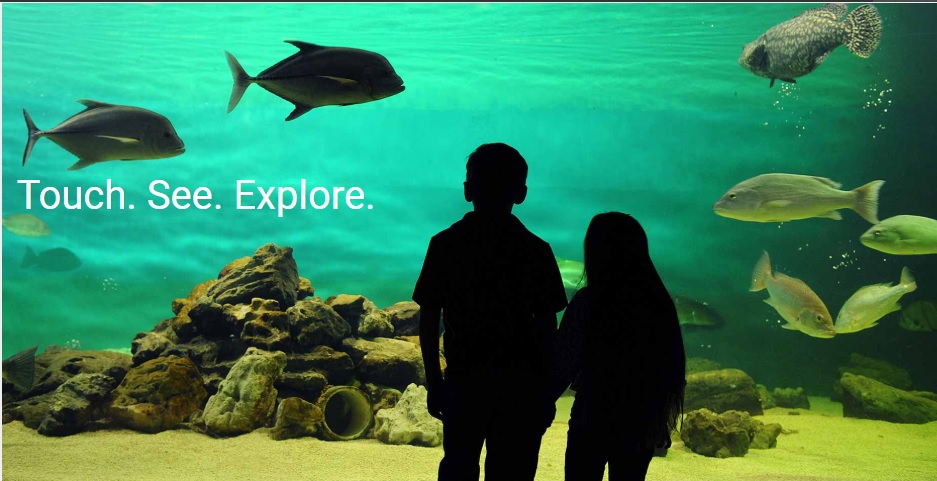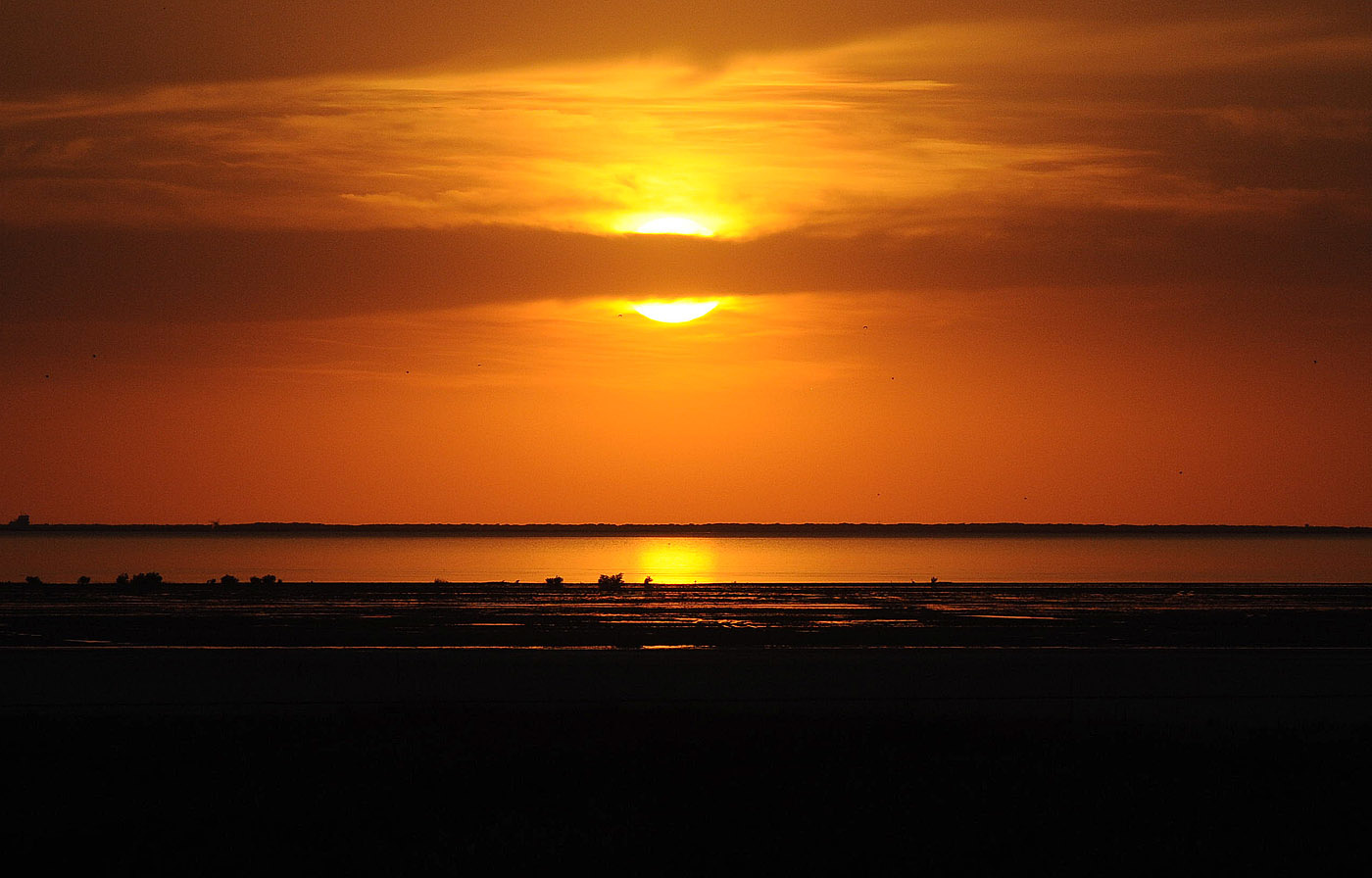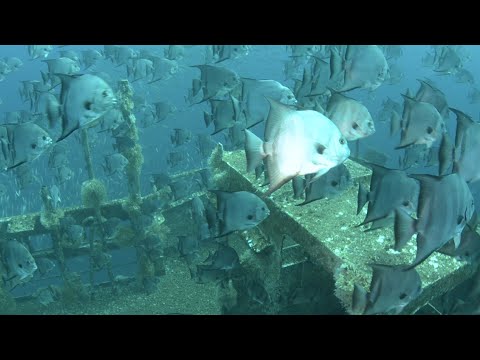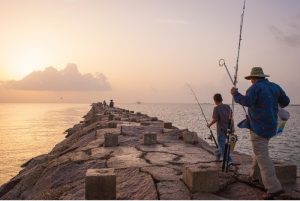Fun with Fishes at Sea Center Texas
Thursday, November 14th, 2019This is Passport to Texas
Located in Lake Jackson, Sea Center Texas is a marine aquarium, fish hatchery and education center providing creative learning opportunities throughout the year.
Right now, the main educational opportunity that we have are Summer Camps. This year were doing “Wonderful Wetlands,” where they’ll go to dip-net and learn all about the species that live out there. And then, we have “Aquaria-mania, where they will learn what it’s like to work at an aquarium and, they will get to take a behind-the-scenes tour.
We spoke with Juliana Moore this past summer, before the camp started. She is an information specialist at the center.
We have three public fishing events during the year. There’s one in June one in September and the other one is in February. And, those are youth fishing days so, anyone 17 and younger, accompanied by a parent can come out and fish.
And you can have fun with the fishes this holiday season.
We have a big Santa Clause show and Santa Claus actually scuba dives in the tank. So, one of our volunteers will dress up as Santa and gets in there with his elves and they put on a little Christmas show.
Now that’s something you’ve got to see. you can find more Sea Center events on our website; just click on the Parks tab and select Sea Center.
We record our series at The Block House in Austin, and Joel Block engineers our program.
For Texas Parks and Wildlife…I’m Cecilia Nasti.







 Passport to Texas is a
Passport to Texas is a  Passport to Texas is made available by:
Passport to Texas is made available by: